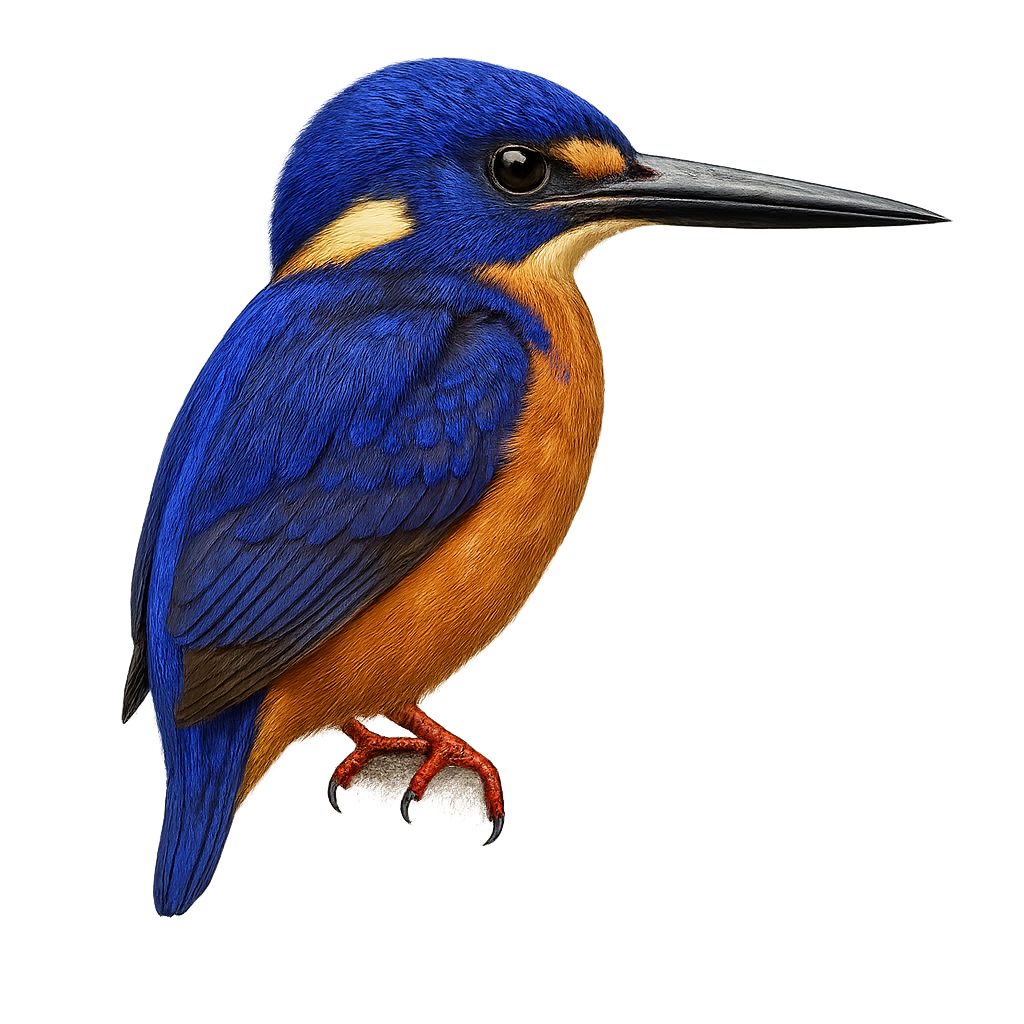Your wildlife photography guide.
Explore the azure kingfisher in detail, study its behavior, prepare your shots.
Where to observe and photograph the azure kingfisher in the wild
Learn where and when to spot the azure kingfisher in the wild, how to identify the species based on distinctive features, and what natural environments it inhabits. The WildlifePhotographer app offers tailored photography tips that reflect the azure kingfisher’s behavior, helping you capture better wildlife images. Explore the full species profile for key information including description, habitat, active periods, and approach techniques.
Azure Kingfisher
Scientific name: Ceyx azureus

IUCN Status: Least Concern
Family: ALCEDINIDAE
Group: Birds
Sensitivity to human approach: Suspicious
Minimum approach distance: 10 m
Courtship display: September to October
Incubation: 20-22 jours
Hatchings: September to November
Habitat:
Riparian forests, mangroves, waterways
Activity period :
Primarily active during the day, with peak activity in the morning and late afternoon.
Identification and description:
The Azure Kingfisher, Ceyx azureus, is a small, brightly colored bird, predominantly vivid blue with orange hues on its belly. It primarily inhabits the waterways and rivers of Australia and New Guinea. This kingfisher is known for its speed and agility when diving to catch fish, its main food source. It nests in burrows dug into riverbanks. Though discreet, it is often spotted thanks to its sharp, distinctive call. Its compact size and striking plumage make it a favorite subject for birdwatchers and wildlife photographers.
Recommended lens:
400mm – adjust based on distance, desired framing (portrait or habitat), and approach conditions.
Photography tips:
To photograph the Azure Kingfisher, focus on areas near water where it is likely to hunt. Use a telephoto lens of at least 400mm to capture detailed images without disturbing it. Be patient and discreet, as this bird is suspicious. The best lighting is found early in the morning or late in the afternoon. Pay attention to its distinctive call to locate it more easily.
The WildlifePhotographer App is coming soon!
Be the first to explore the best nature spots, track rutting seasons, log your observations, and observe more wildlife.
Already 1 429 wildlife lovers subscribed worldwide

